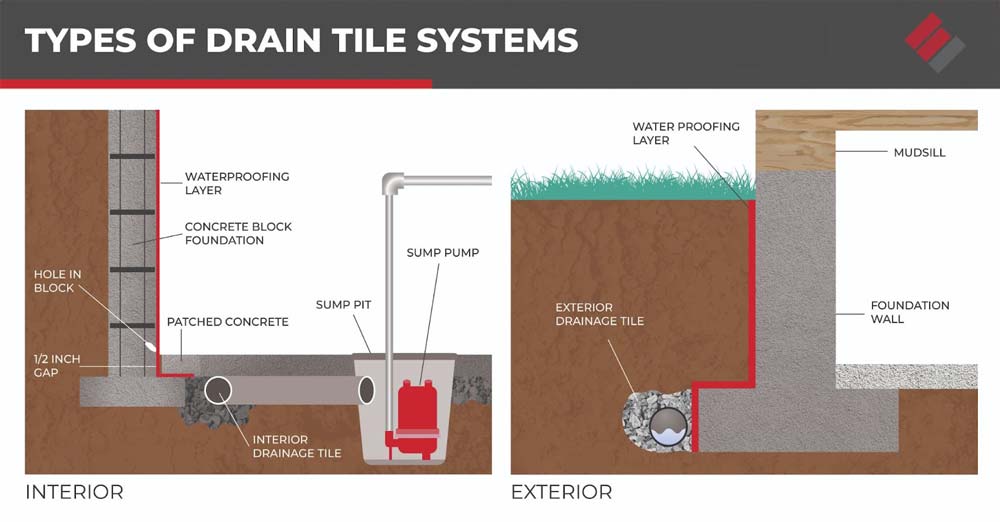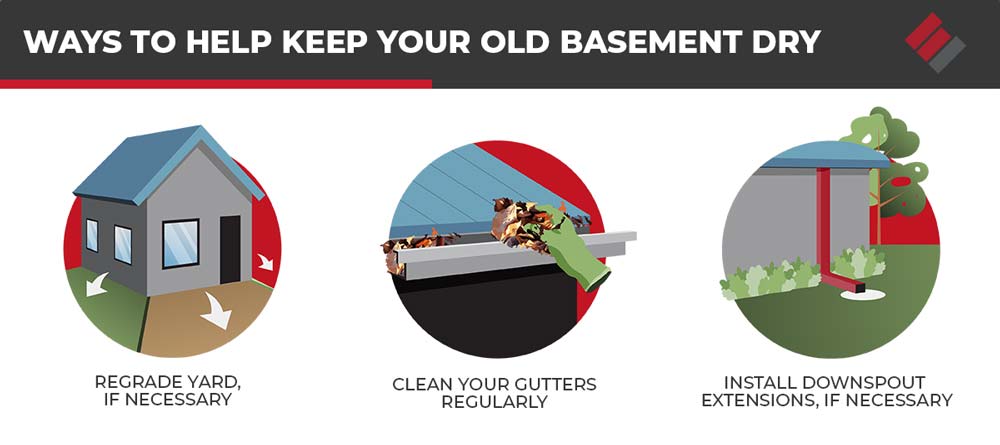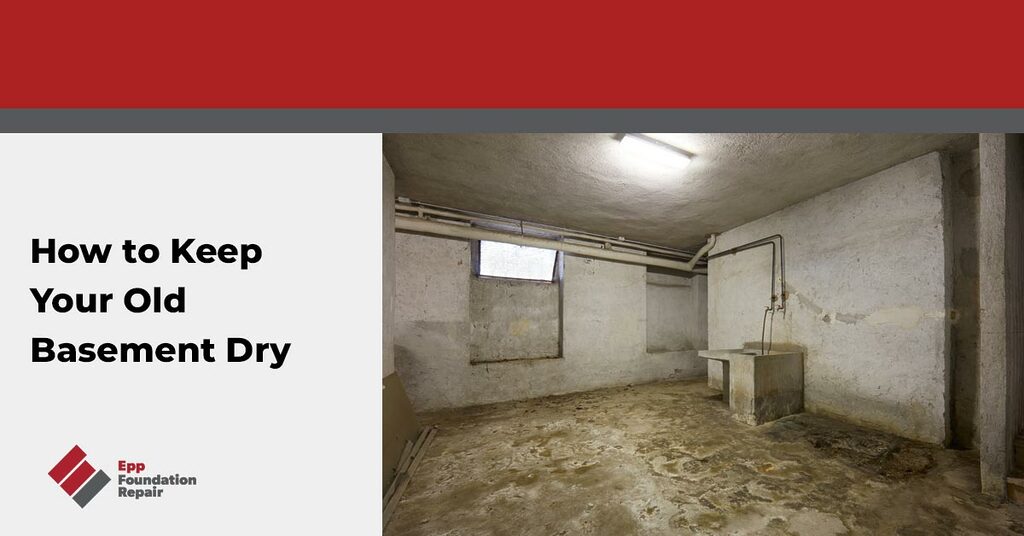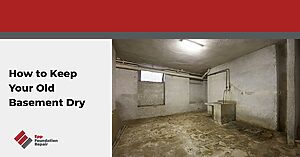Do you have an old, damp basement? Are you tired of dealing with potential mold and mildew issues (not to mention the accompanying health risks they pose)? It doesn’t have to be this way. With a few simple steps, you can make sure your basement remains dry, healthy, and most importantly, safe. In this blog post, you’ll learn why keeping your old basement dry is essential and how you can easily achieve it.
Why Are Basement Foundations Common in Cold Climates?
Basement foundations are widely used in cold climates due to their ability to combat the damaging effects of frost heave. Frost heave occurs when water in the soil freezes and expands, causing the ground to lift and potentially causing damage to structures built on top of it. To avoid this, basement foundations are constructed below the frost line. This placement reduces the risk of frost heave, providing a stable foundation for the structure above.
Basement foundations offer additional benefits in cold climates. For one, basements can provide extra living space and storage, enabling homeowners to better cope with harsh winters. They also offer insulation, as the earth surrounding the basement provides a natural buffer against the cold.
Why Do Old Basements Tend to Be Damp?
Old basements tend to be damp for two main reasons:
- Little or no waterproofing – Older homes were constructed before the advent of modern waterproofing techniques and materials that are widely available today. As a result, older basements may not have been adequately sealed against moisture.
- Poor drainage around the foundation – Most older homes don’t have a drainage system in place. Today, most new homes are built with a drain tile system installed around the perimeter of the foundation at the footing level.
How to Keep Your Old Basement Dry
The best way to keep an old basement dry is to invest in waterproofing and a drain tile system.
Waterproofing
Basement waterproofing involves sealing cracks, holes, and gaps in walls and floors to prevent water penetration. This can be done using cementitious coatings, liquid rubber, or other specialized waterproofing materials. Waterproofing keeps the basement dry and improves its overall air quality by preventing mold and mildew growth.
Drain Tile System
A drain tile system consists of perforated piping that is either installed around the outside perimeter of the foundation at the footing level (exterior drain tile) or under the basement floor (interior drain tile).

Exterior Drain Tile System
As noted above, an exterior drain tile system is installed around the outside perimeter of the foundation at the footing level. The general installation procedure is as follows:
- The soil around the outside perimeter of the foundation is excavated down to the footing.
- A shallow trench is dug and lined with gravel.
- A perforated drainage pipe is placed into the trench and covered with more gravel.
- The excavated soil is replaced.
Excess groundwater will now enter the drainage pipe and flow toward a sump pit. Once the sump pit fills with water, a sump pump will turn on and eject the water away from the foundation.
Interior Drain Tile System
An interior drain tile system is installed around the inside perimeter of the basement, which means using a jackhammer to break up the floor to dig a shallow trench. After the trench is lined with gravel, a perforated drainage pipe is placed on top and then covered with more gravel. Finally, the slab is replaced. As with an exterior drain tile system, excess groundwater flows into the pipe and toward the sump pit, where it’s ejected via a sump pump.
Other Things You Can Do to Help Keep Your Old Basement Dry
In addition to the above, there are other things you can do to keep your old basement dry. These include:

- Regrade the yard around the foundation – Proper grading ensures that water flows away from the foundation rather than towards it. If the yard slopes towards the house, water can seep into the foundation and cause damage over time. By regrading the yard, homeowners can guarantee that water is directed away from the foundation and to a drainage system.
- Clean gutters regularly – Clogged gutters can cause water to overflow, run down the side of the house, and soak into the ground around the foundation. By periodically cleaning gutters, homeowners can prevent this and ensure that water is properly directed away from the foundation.
- Install downspout extensions – Downspouts are designed to direct water away from the roof and foundation of the home. If downspouts discharge water too close to the foundation, however, it can cause damage. By installing downspout extensions, homeowners can make sure that water is directed further away from the foundation before release.
If You’re Planning to Finish Your Basement, Waterproof It First!
Before undergoing any finishing work, it is crucial to ensure that the space is protected from water infiltration by waterproofing. Failing to do so could lead to extensive and costly damage, including mold growth, structural deterioration, and decreased indoor air quality.
If you’re concerned about a damp basement, contact us today to schedule an evaluation and receive a free estimate. We serve areas in four states: Nebraska, Iowa, Kansas, and Missouri.







